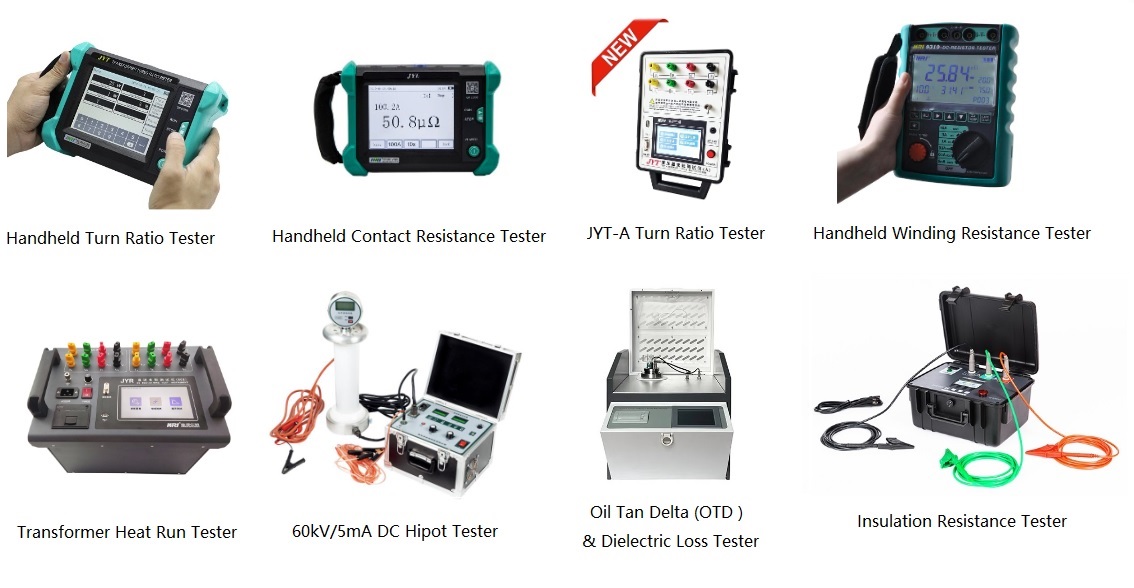What is the difference between transformer "Type" test and "FAT" test?
"Type Test" and "FAT"(Factory Acceptance Test) are two different types of tests, and they differ in their purpose, content, and timing. Below are their main differences:
1. Purpose and Nature
Type Test:
Purpose: To verify that the design and manufacture of the transformer (or other equipment) meet the standards and specifications, ensuring its performance, functionality, and safety.
Nature: A series of standardized tests aimed at verifying whether the product design complies with technical requirements and relevant standards.
Scope: Type tests are typically performed for validation before mass production or when there are significant design changes that require re-validation.
FAT (Factory Acceptance Test):
Purpose: To confirm that the equipment meets the order specifications and customer requirements, ensuring the equipment can operate correctly before leaving the factory.
Nature: FAT is a customer acceptance test typically conducted by the customer or their representative at the manufacturer's facility.
Scope: FAT is the final verification before delivery, ensuring that the equipment has no defects and meets the specific customer requirements.
2. Timing of the Test
Type Test: Typically conducted after the initial production or design adjustments to verify the basic performance and technical compliance of the equipment. Type tests are usually performed before the production process or the first delivery of equipment, and they apply to all future units produced.
FAT (Factory Acceptance Test): Typically performed after the equipment is completed and before delivery, representing the final step in the customer's verification process. FAT is the last stage before the equipment leaves the factory, and the customer usually sends representatives for on-site acceptance testing.
3. Test Content
Type Test:
Includes a series of standardized test items such as rated load tests, temperature rise tests, insulation performance tests, short circuit tests, and high potential tests.
Type tests usually do not depend on specific customer requirements and follow international standards or national standards. The focus is on verifying the basic technical performance of the product.
FAT (Factory Acceptance Test):
Focuses on testing according to customer orders and project requirements. The test content is based on the specific needs and contractual agreements, including performance, operation, functionality, appearance, and other aspects.
FAT tests usually involve equipment operation tests, including startup, running, commissioning, and verifying whether the equipment can function properly in the actual application environment.
4. Test Personnel
Type Test: Generally conducted by the manufacturer’s technical personnel or accredited testing organizations. It usually does not involve direct participation from the customer, as the focus is on verifying compliance with relevant standards.
FAT (Factory Acceptance Test): Typically conducted by the customer or their representative (such as project managers, engineers, etc.). They will closely review the equipment's performance, quality, and functionality during the test.
5. Relevant Standards
Type Test: Typically conducted according to international standards (e.g., IEC, IEEE) or national standards (e.g., GB). These are standardized, technical tests.
FAT (Factory Acceptance Test): Primarily conducted based on the customer’s contract and project requirements. It is usually not constrained by fixed standards but instead focuses on customized tests for specific projects.
Summary:
Type Test is a standardized validation of the equipment’s design and manufacturing quality, typically conducted before shipment to ensure the equipment meets design standards and performance requirements.
FAT (Factory Acceptance Test) is a customer acceptance test, mainly to confirm that the equipment meets the customer's contract requirements, ensuring it can operate correctly and meet the actual application needs.
In brief, the Type Test focuses on whether the product meets standards and regulations, while FAT is more concerned with ensuring the product meets the customer's specific needs and usage conditions.
Kingrun Transformer Instrument Co.,Ltd.


Kingrun Series Transformer Testers




